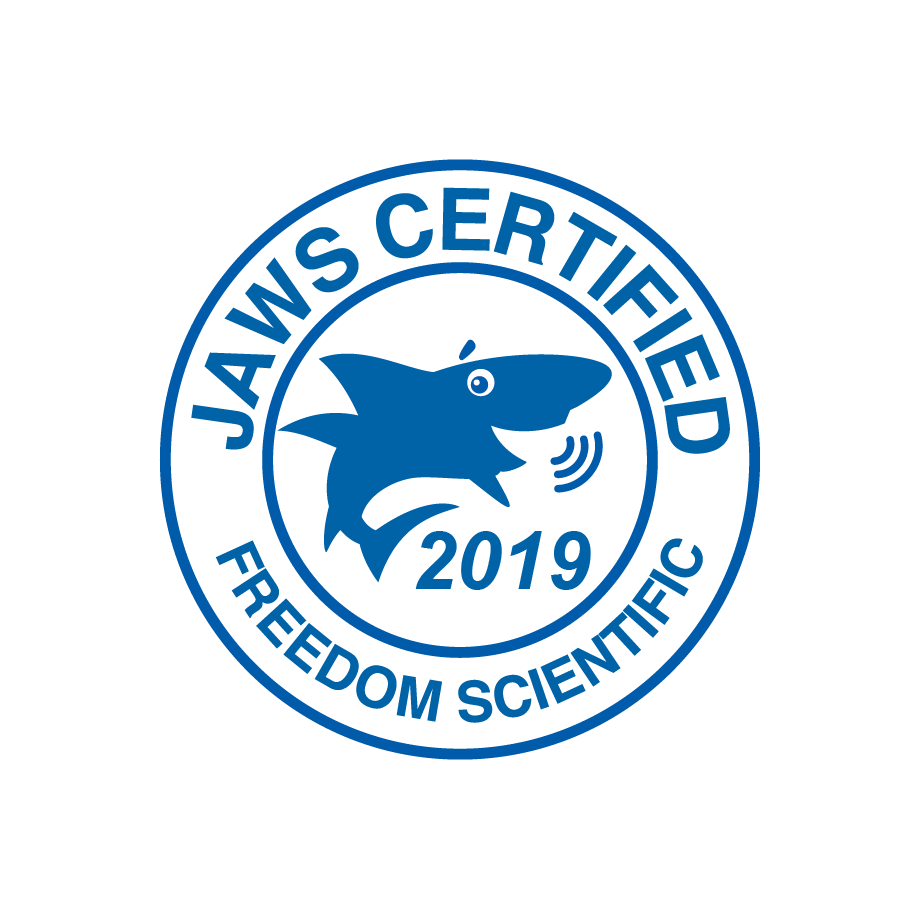

These are some top tips for proofreading your own work.
Take A Break
Try not to proofread as soon as you finish a piece of work. If you are working to a tight deadline take a short break, even a trip to the loo and to get a drink will mean you approach with fresh eyes. Ideally leave the document until the next day. Working from a fresh perspective will stop you seeing words that are not there, we have a tendency to read what we think is there rather than what is actually there. Taking the break can help review work more clearly.
Check Facts
Start by checking all your facts, figures, dates, names and contact numbers. Skim read to find them and check, then double check. This will save you time checking incorrect work
Check Titles, Headings, Sub-Headings, Captions
Check all your headings for the wording used AND that your formatting is consistent.
Check Lists & Tables
Check any bulleted or numbered list for both information and formatting, have you consistently used (or not used) a full stop at the end of each point? Have you introduced them each with a dash or colon?
Spellcheck
Use the spellchecker, make sure its checking in UK English (if it’s telling you to spell lots of words with a z it’s likely to be using US English). Do this before you proofread as it will make your proofreading easier.
Grammar Checker
Use the grammar checking tool in Word or use Grammarly if you are able to download it. AT software such as Read & Write also has grammar checking tools. Review each suggestion and see if you need to make changes. A good grammar checker often picks up typos too such as adding a space before a full stop.
Look for YOUR Common Errors
If you know there is a word you overuse or often use incorrectly then look for that word, skim read your document with that word in mind to see if you need to make changes.
Have Your Own Wordlist
Keep a list of words you often write incorrectly. This quick reference will help you to save time when you proofread again. You can also refer to it when writing future documents, to avoid a mistake in the first place.
Check For Sounds Like & Confusable Words
Look for words like too to and two and their there and they’re. There are lots more than you think. AT software such as Read & Write will help with this but take a look at the sentence below - hardly any words are correct!
They’re whirr too buoys over their playing with there bawl.
Hear It Out Loud
Use text-to-speech software to listen back to the text you have written. Listening to your written work will help you because you will be able to hear the mistake, rather than relying on visual processing. AT software such as Read and Write or Claro Read will help with this or visit the FREE website
and just copy and paste in your work.
Use A Thesaurus
If you have overused a word use a thesaurus to look for alternatives. Use the built in one in Word or a website or app such as dictionary.com
End To Beginning
Read the document from the end to the beginning, you will then only be looking for something that looks wrong without seeing the context. It helps with picking up typos that the spell checker may have missed and it works, try it if you are sceptical.
Proofreading Checklist
Make your own checklist, to follow EVERY time you proofread work. Cross off each item as you check it. DON’T memorise the checklist, when you do that things get missed.
